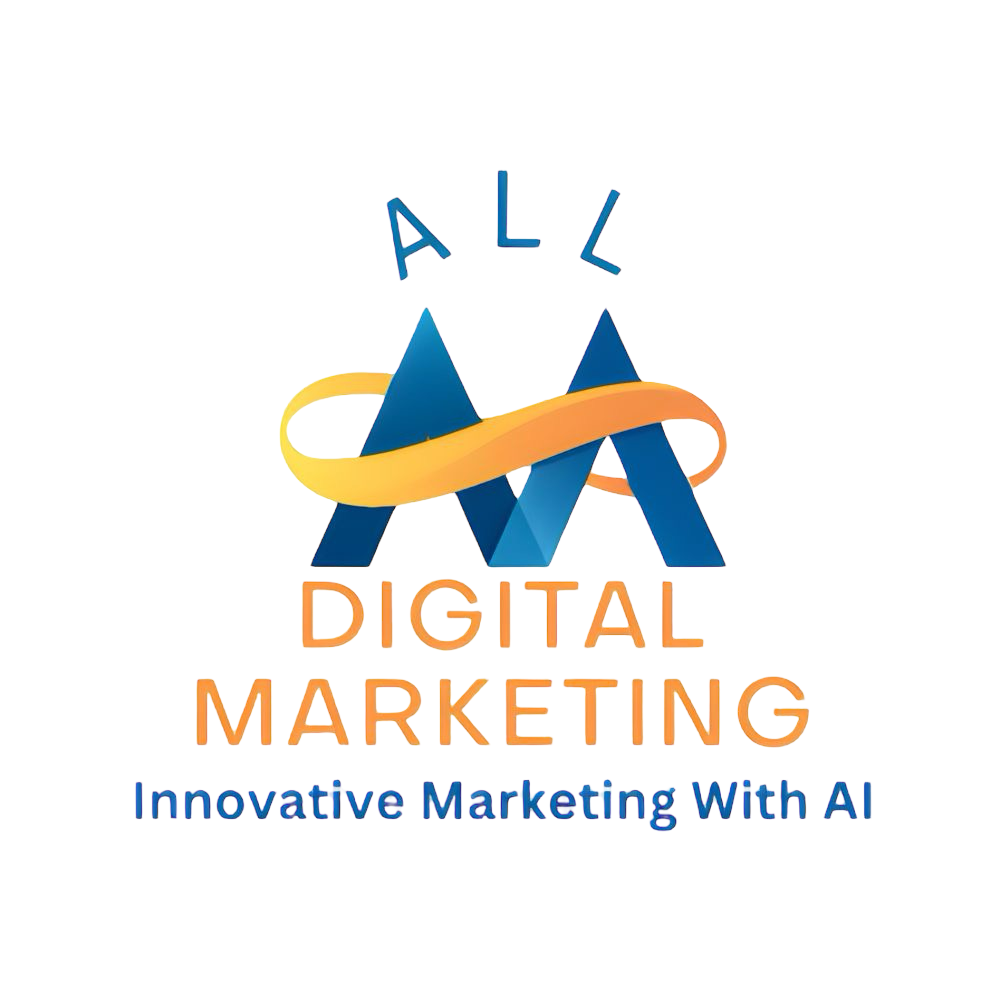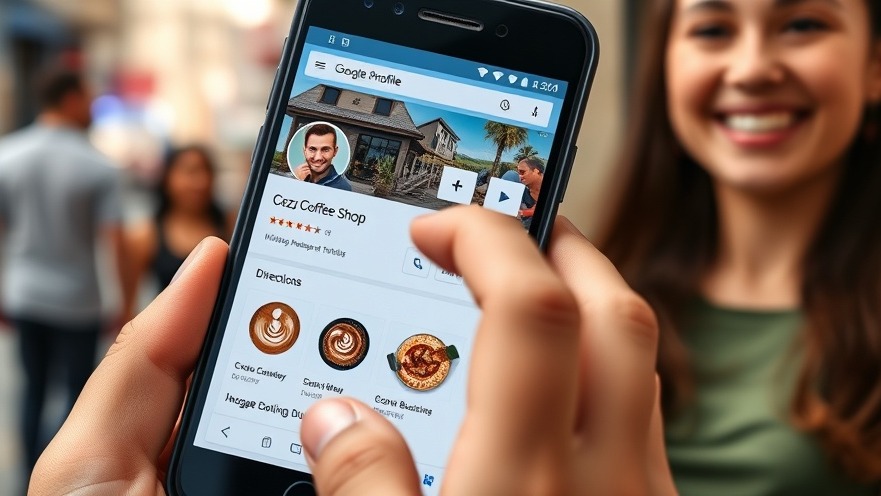Hey there, digital trailblazer! ?Ready to supercharge your online presence? Buckle up, because Google's latest update is about to turn your social media game into a business-boosting powerhouse! ?
Key Takeaways:
• Google now crawls social media for business info
• Link social profiles to Google Business Profile
• Active, optimized social media improves rankings
• Social integration enhances user experience and trust
• Quality and consistency in social media posts are crucial
The Scoop: Google's Social Media Deep Dive
Picture Google as a curious detective, always on the hunt for the latest intel about your business. Well, now it's turned its magnifying glass towards your social media profiles! That's right – Google is now crawling social platforms to gather more info about your business. This is your golden ticket to stand out from the crowd and show Google (and your potential customers) what makes your business truly special.
Understanding Social Media SEO
Social media SEO refers to the practice of enhancing your social media profiles to increase visibility and attract more visitors through search engines. This involves tailoring your social content and profiles using SEO strategies to ensure they appear prominently when potential customers search for relevant topics.
Core Principles of Social Media SEO
Optimized Profiles: Ensure your social media profiles are complete, accurate, and contain relevant keywords. This includes utilizing well-crafted bios, strategic username choices, and consistent branding across platforms.
Content Strategy: Produce and share engaging content that resonates with your target audience, incorporating keywords naturally to improve search visibility. Utilize hashtags effectively to broaden reach and improve discoverability.
Cross-Platform Synergy: Although SEO techniques can differ between platforms like Instagram, Facebook, or LinkedIn, the fundamental aim is consistent—reach and engage the right audience, introducing them to your offerings seamlessly.
The Intersection of Social Media Management and SEO
While social media management and SEO might seem distinct, integrating the two can significantly amplify your reach. By optimizing social media profiles with SEO in mind, you open up new channels for traffic acquisition.
For instance, you might attract organic search visitors who discover your brand through optimized posts or hashtags, driving multi-channel engagement and leading to higher conversion probabilities.
Final Thoughts
Harnessing the power of social media SEO is about creating a cohesive strategy where search optimization enhances the potential of social platforms. When executed effectively, it leads to increased brand awareness and, ultimately, more conversions by steering potential customers in your direction.
Why This Matters for Your Bottom Line
It's like giving Google VIP access to your business party: The more Google knows about you, the better it can showcase your awesomeness to potential customers.
It's a trust-building machine: Active social media profiles linked to your Google Business Profile are like a stamp of approval. They show you're a real, engaged business that cares about connecting with customers.
It's your secret weapon for climbing the rankings ladder: When Google understands your business better, it's more likely to show you in relevant searches. Hello, improved visibility! ?
How Does Social Media SEO Optimize Social Profiles to Attract Potential Customers Through Search?
Social media SEO enhances your social profiles to improve visibility and attract potential customers via search engines. By optimizing these profiles, you're creating opportunities for your brand to be discovered more easily by users conducting searches.
Key Elements of Optimization:
Keyword Integration: Just like traditional SEO, incorporating relevant keywords into your social media profiles is crucial. Keywords should be strategically placed in your bio, posts, and even as hashtags. This increases the chances of your profile appearing in search results when users look for topics related to your business.
Profile Completeness: Ensure all sections of your social media profiles are filled out comprehensively. This includes a clear and concise bio, a link to your website, and contact information. A complete profile is more credible and often ranks higher in search results.
Consistent Branding: Use consistent branding across all social media platforms. This includes using your brand logo as the profile picture, your brand's color scheme, and a uniform tone of voice. It reinforces brand recognition when users encounter your profile.
Engaging Content: Post content that is not only relevant but also engaging to your audience. Social platforms often prioritize content that receives higher engagement in search results, which can indirectly improve your SEO.
Regular Updates: Search engines and users alike favor profiles that are active. Regularly update your profiles with fresh content to maintain interest and improve search visibility.
By leveraging these optimization techniques, you can effectively draw in potential customers by making your social profiles more accessible and appealing through search engines. While social media and SEO might seem distinct, they're both vital tools that, when combined, can enhance your online presence and traffic from diverse sources.
The Social Media Advantage: Breaking It Down
Algo Knowledge: Educating Google About Your Greatness
Think of Google's algorithm as an eager student, and your social media profiles are the textbooks. The more quality information you provide, the smarter Google gets about your business. This knowledge helps Google match you with the right searches, boosting your rankings for the services you offer.
Example: Let's say you run a yoga studio that specializes in prenatal classes. Your Instagram is full of empowering photos of expectant mothers in yoga poses, and your Facebook page has glowing reviews from new moms who found relief through your classes. Google sees all this and thinks, "Aha! This yoga studio is the go-to spot for prenatal yoga." Now, when someone searches for "best prenatal yoga near me," you're more likely to pop up at the top of the results.
2. User Experience: Making Choosing You a No-Brainer
Imagine this: A potential customer is scrolling through Google results, trying to decide which yoga studio to try. Suddenly, they spot your latest Instagram post right there in the search results. It's a heartwarming video of a prenatal yoga class in action, with smiling moms-to-be feeling zen and strong. They click on your Instagram profile to learn more, and before you know it, they're heading to your website to book a class.
This seamless journey from search to social to signup is what Google is aiming for. By integrating your social media content into search results, Google is helping users get to know you better before they even visit your website.
Statistic: According to Sprout Social, 78% of consumers are more likely to buy from a brand after having a positive experience with them on social media. By making your social content visible in search results, Google is helping you forge that connection sooner.
3. Building Trust: The More Engagement, The Merrier
Here's a little secret: The more people engage with your business on Google (by clicking on your website, social profiles, or Google Business Profile), the more Google trusts you. And when Google trusts you, it's more likely to show you and your website to other users in the future.
It's like a snowball effect of awesomeness. The more active and engaging your social media profiles are, the more clicks you'll get. The more clicks you get, the more Google will show you. And the more Google shows you, the more potential customers will see your business. It's a win-win-win situation!
Example: Imagine you're a local bookstore. Your Instagram is a colorful showcase of new arrivals, your Twitter is buzzing with author quotes and reading recommendations, and your Facebook hosts a thriving online book club. When someone searches for "best bookstore in [your city]," Google sees that lots of people are clicking on your social profiles from the search results. Google thinks, "Wow, people really love this bookstore's social content. Let's show it to even more book lovers!" And just like that, your visibility skyrockets.
The Secret Sauce: Quality and Consistency in Social Media Posts
Now, here's where the rubber meets the road: the quality and consistency of your social media posts. This isn't just important – it's absolutely crucial for making the most of Google's new approach. ?
Why Quality Matters:
• First Impressions Count: Your social media posts might be the first thing a potential customer sees about your business. Make sure they're putting your best foot forward!
• Google Loves Value: High-quality, informative posts are more likely to be featured in search results.
• Engagement Boost: Great content gets more likes, comments, and shares, signaling to Google that your business is worth showcasing.
Why Consistency is Key:
• Keeps You Top-of-Mind: Regular posting keeps your business fresh in customers' (and Google's) minds.
• Shows Reliability: Consistent posting demonstrates that you're an active, reliable business.
• Algorithmic Advantage: Social media algorithms favor accounts that post regularly, increasing your visibility.
Tips for Quality, Consistent Posts:
Create a Content Calendar: Plan your posts in advance to ensure a steady stream of content.
Mix It Up: Vary your content types – photos, videos, text posts, polls, etc.
Stay On-Brand: Ensure all posts reflect your brand voice and values.
Engage with Your Audience: Respond to comments and messages promptly.
Use High-Quality Visuals: Invest in good photography or graphics for your posts.
Tell Stories: Share behind-the-scenes glimpses, customer success stories, or employee spotlights.
Provide Value: Share tips, industry insights, or how-to content related to your business.
Remember, it's better to post high-quality content less frequently than to flood your profiles with low-quality posts. Aim for a realistic posting schedule that you can maintain consistently.
See How Digital Marketing All Can Drive More Traffic to Your Website
Ready to take your digital presence to the next level? Our team of experts is here to help you harness the power of this new Google feature and so much more!
• Brand Voice Strategy – Let our team help you create your brand voice to attract your ideal customer.
• Market Growth Opp Research – Let our team show you where you can gain additional traffic that you are missing.
• Local SEO - unlock more SEO traffic. See real results. Dominate your local market.
• Competitive Link Analysis – Know what your competitors are doing.
• Geo-Targeting – Let us find your customers in your desired location.
• Content Marketing - Our team creates epic content that will be shared, generate links, and attract traffic. We know the secret recipe for success.
• Paid Media - effective paid strategies with clear ROI.
FAQs: Your Burning Questions Answered
Q: How often should I post on social media to benefit from this Google update?
A: While there's no one-size-fits-all answer, aim for consistency. For most businesses, 3-5 high-quality posts per week is a good starting point. Remember, quality trumps quantity every time!
Q: Can I use the same content across all my social media platforms?
A: While you can repurpose content, it's best to tailor it to each platform's unique features and audience expectations. For example, what works on Instagram might need tweaking for LinkedIn.
Q: How long will it take to see results from improving my social media presence?
A: Results can vary, but most businesses start seeing improvements in their online visibility within 3-6 months of consistently posting high-quality content and engaging with their audience.
Q: What if I don't have time to manage multiple social media accounts?
A: Focus on one or two platforms where your target audience is most active. It's better to excel on one platform than to spread yourself too thin across many. Alternatively, consider hiring a social media manager or agency to help. Digital Marketing All will gladly help you keep your social media filled with quality posts.
Your Launchpad to Social Media Success
Alright, future social media superstar, it's time to take action! ? By embracing this new way Google learns about your business, you're not just improving your search rankings – you're creating meaningful connections with your audience.
Remember, your social media profiles are now your business's digital handshake. Make it firm, make it friendly, and make it unforgettable. Share your passion, showcase your expertise, and let your unique personality shine through every post.
Quality and consistency are your new best friends. Treat every post as an opportunity to impress both Google and your potential customers. Whether it's a behind-the-scenes video, a customer testimonial, or a helpful tip related to your industry, make sure it adds value and reflects your brand's best self.
So, are you ready to say "YES" to skyrocketing your online presence? Your future customers are out there, scrolling and searching. It's time to meet them where they are and show them why your business is the one they've been looking for all along.
Don't let this opportunity slip through your fingers. Update those social profiles, link them to your Google Business Profile, and watch as your online visibility soars to new heights. Your business's next chapter of success starts with a single post – so what are you waiting for?
The digital world is your oyster, and Google just handed you the pearl. Grab it, polish it, and let it shine for all the world (and search engines) to see! Your social media success story begins now – go out there and make it legendary! ?
I hope you enjoy reading this blog post. If you want my team to just do your marketing for you, click here.
 Add Row
Add Row  Add
Add 







